Prospective projects and purchases in the draft US military budget for fiscal year 2023
The US presidential administration is preparing for the next FY2023. She drafted and published a draft federal budget, including, among other things, the budget for the Pentagon. Next year, it is proposed to increase military spending again, both in connection with previously launched programs and due to the emergence of new factors. At the same time, it is planned to pay increased attention to a number of important and promising areas, while reductions are expected in other areas.
General indicators
According to the published draft, the expenditure part of the federal budget in the next fiscal year will reach $5,8 trillion. Of this, it is planned to spend $813 billion on defense. $773 billion will be budgeted directly by the Pentagon, and the remaining amounts will be distributed among other departments involved in the processes of military development.
For comparison, in the current FY2022. The Pentagon is to spend $740 billion. Another $13-15 billion has been allocated to related structures. Thus, the budget of the military department will increase by 4,5%, and total defense spending will increase by 8,4%.
It is expected that due to this increase in costs it will be possible to solve several main problems. First of all, it will ensure the maintenance of monetary allowances and social services for personnel at the required level or even improve it. It will also be possible to keep spending on the current activities of the armed forces at the same level, incl. for refurbishment and refurbishment programs.
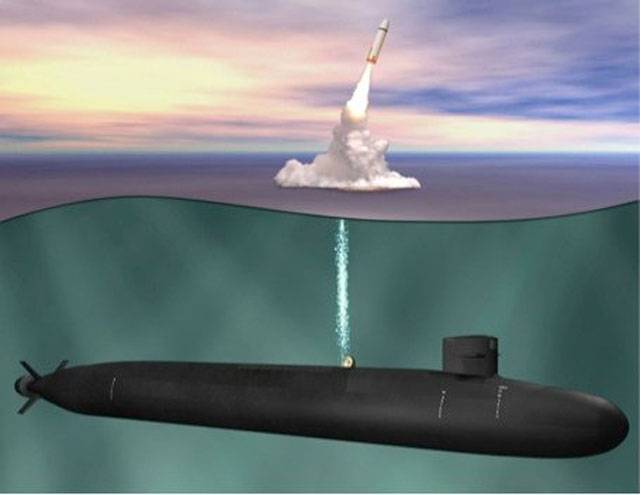
It is proposed to spend 276 billion dollars on the development and purchase of promising samples in different classes. In particular, much attention is again being paid to strategic nuclear forces. At the same time, certain reductions are being proposed that will free up “operational” money and redirect it to new purchases.
Strategic nuclear spending
They are going to spend $34,4 billion next year to maintain the current state of strategic nuclear forces and to promising projects for them. They will be used to complete the development of several new products and systems, as well as to ensure the launch of their production. The draft budget covers all the main areas of strategic nuclear forces, including control systems.
The project of the promising strategic submarine Columbia receives the greatest attention - it requires 6,3 billion. OK. $5 billion will be spent on a new B-21 Raider bomber. Of these, ok. 1,7 billion will be spent on launching the series. In third place on the budget is not the most noticeable, but important project. $4,8 billion should be spent on a deep modernization of the communication and command and control systems for nuclear forces. Only $3,6 billion is being asked for a new GBSD land-based ICBM. New weapon for far aviation in the form of a rocket, the LRSO will require $ 929 million.
The bulk of non-Pentagon defense spending will go to the Department of Energy. With the participation of its structures, a number of projects in the field of nuclear weapons are being implemented, incl. new warheads are being developed. In particular, work will continue on the W76-2 low-power product.
space expenses
The newly created Space Force continues to evolve and needs sufficient funding to do so. For the next fiscal year, $24,5 billion is requested for this type of troops. Its current budget was $7 billion less - an increase of a record 45%.
Of the increased budget, $15,8 billion will be spent on new projects and developments, production and launch of equipment. First of all, they plan to upgrade the space echelon of the missile attack warning system, which requires $4,7 billion. $4 billion will be spent on the operation of existing space and ground systems.
rocket development
According to previously announced plans, in 2023, a number of promising missile weapons should enter the troops, incl. the first hypersonic complexes. The draft military budget for this area provides for spending 7,2 billion dollars. This money will be used to continue the development of several projects and to purchase finished products.
For FY2023 the purchase of 120 new PrSM missiles for the ground forces is planned. Work will also continue on the promising LRHW and MRC complexes - they will be allocated $807 and $409 million, respectively. The budget of these projects will almost double, which will allow them to move to the flight test stage.
Two new non-nuclear missiles are being developed for the Air Force at once - ARRW and HACM. Approx. $580 million. How they will be distributed is unclear. It is likely that after the failure of the ARRW program, another project will take precedence.
Land processes
Procurement plans for the ground forces look quite modest. Only 12,6 billion dollars will be spent on materiel for the army. Several factors provide savings in this area, and first of all, this is the lack of plans to purchase fundamentally new, complex and expensive systems.
Nevertheless, the army will receive a new type of PrSM missiles, although other high-profile and expensive new items are not yet expected. Also in FY2023 the processes of modernization of available equipment will continue - they allow you to get the desired result, but do not require a significant increase in budgets.
Air force cuts
For the purchase of aviation equipment and related equipment, weapons, etc. they propose to spend more than 56 billion dollars. At the same time, very interesting processes are planned in the Air Force. In parallel with the receipt of new samples, this type of troops will refuse to have available materiel, incl. not the oldest types.
It is proposed to allocate $ 1,7 billion for the promising next-generation fighter development program NGAD - $ 200 million more than this year. The bulk of the additional funding will go towards the development of new UAVs to be used with NGAD aircraft. Also, in the interests of the Air Force, a very expensive B-21 project is being developed.
Fighter aircraft of the Air Force will be updated through the purchase of 33 F-35A aircraft and 24 F-15EX aircraft. Compared to the current fiscal year, plans for the F-35A are drastically reduced, while F-15EX purchases will double. Measures will also be taken to develop production and increase the rate of receipt of equipment.
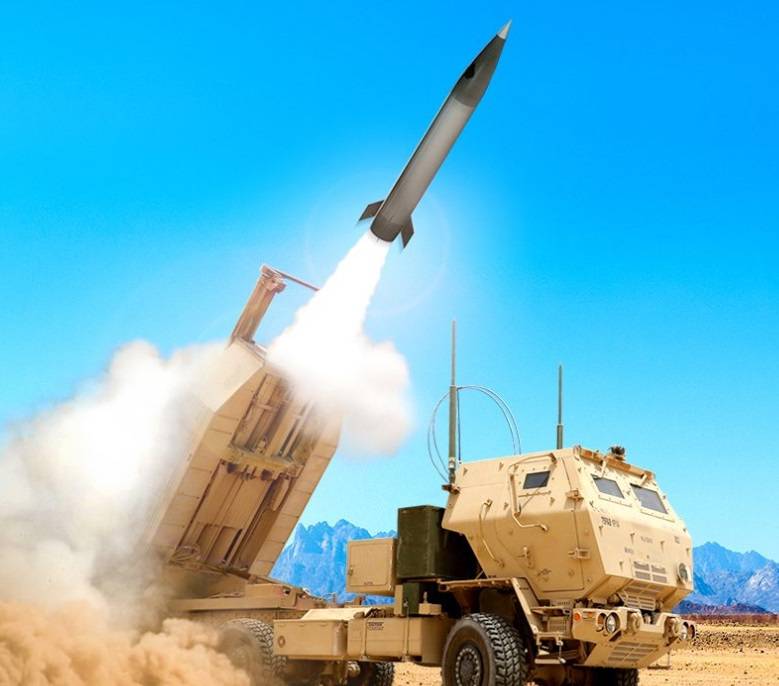
The Air Force confirms its intention to phase out the F-22A fighter jets. Next year, it is planned to write off 33 of these machines from the first production batches, close to the full development of the resource. The process of decommissioning and replacing the old F-15C / D and F-16C / D will continue. Again, it is proposed to write off at least 20 A-10C attack aircraft. In favor of the new technology, 15 aging E-3 AWACS aircraft will be decommissioned, i.e. half of the park. They will also get rid of 8 E-8 air command posts, several tankers, etc.
Not cheap fleet
The cost of new samples for the Navy for the next year is estimated at almost $41 billion. This budget includes the construction of a number of new ships, the modernization of existing pennants, the purchase of weapons of existing types, etc. At the same time, no fundamental breakthroughs are expected. Thus, in the field of shipbuilding, the implementation of previously approved plans will continue.
The situation is different in the field of naval aviation. For the second year in a row, the Navy has no plans to buy new F/A-18E/F fighters. Newer F-35Cs will be purchased in the amount of 9 units. The funds saved on purchases will be used to develop a new carrier-based fighter. In addition, it is planned to start purchasing dronetanker MQ-25A. Starting in FY2023 annually they want to receive four such cars. Also, naval aviation can receive three MQ-4C UAVs.
Growth Trends
The draft military budget in its current form shows the desires and needs of the Pentagon related to the implementation of the adopted plans and strategies. At the same time, it is obvious that in the future, as it passes through the instances, the project will change in one way or another. Its final version will be developed at least in September or October with the active participation of the Congress and other structures.
What will be the US military budget at the time of adoption is unknown. However, it can be expected that it will do without fundamental adjustments and generally retain its current appearance. This means that in the next FY2023. several major trends will be observed.
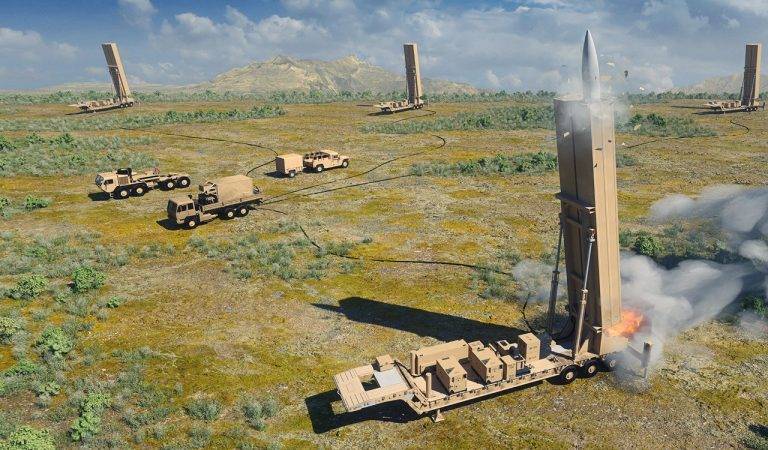
First of all, there is an increase in defense spending. Through a general increase in budgets, they are trying to ensure the renewal of the fleet of weapons and equipment, to carry out the necessary measures, to provide assistance to the allies, etc. How successful such an approach will be in the current conditions and in the light of new challenges - time will tell, and in the near future.
A variety of promising projects retain a significant place in the plans of the Pentagon. More than 20 billion dollars are going to be spent on new developments for strategic nuclear forces alone. They want to allocate smaller, but noticeable and important amounts for updating the fleet of the Air Force, Navy, ground forces, etc. In their case, it also provides for the purchase of up-to-date equipment and the continuation of the development of samples for the future.
Attention is drawn to the Pentagon's desire to save on obsolete equipment and free up finances for modern projects. Similar processes have taken place before, but now they will have the most interesting consequences. So, in FY2023 For the first time, the once newest and most effective F-22A fighters will be written off. At the same time, the Air Force is already openly talking about the possibility of a complete rejection of such aircraft in the medium term.
At an early stage
Thus, the Department of Defense and the US Presidential Administration showed their vision of the further development of the army in all aspects. Now the budget proposal must pass all the necessary checks, and then go to Congress. Barring unforeseen difficulties, the military budget can be approved no later than early October. However, it can be adopted later - after the start of the new financial year.
It is not known exactly how the military budget will change as all instances pass. At the same time, it can be assumed that fundamental changes will not be made. Apparently, general defense spending will be left at the proposed level, and the main "battles" between Congress and the Pentagon will go for specific numbers on individual items. And in the near future it will become known who will emerge victorious from them.
- Ryabov Kirill
- US Department of Defense, Lockheed Martin
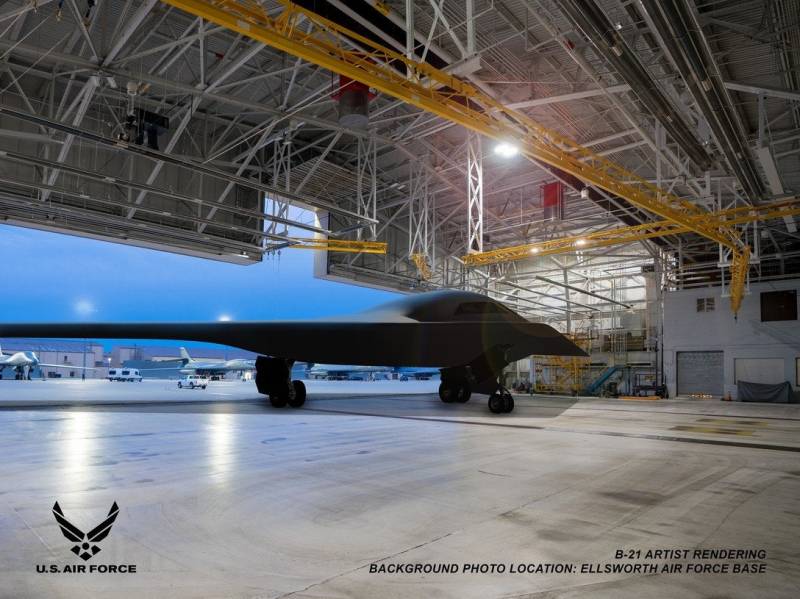
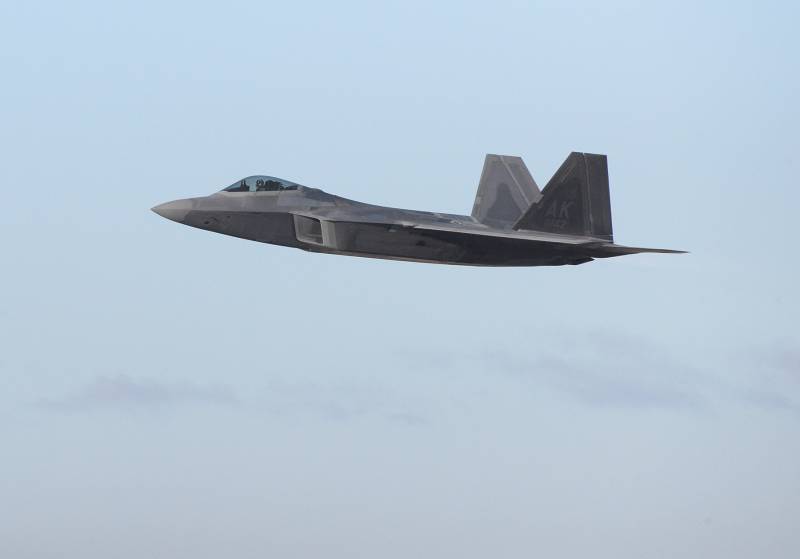
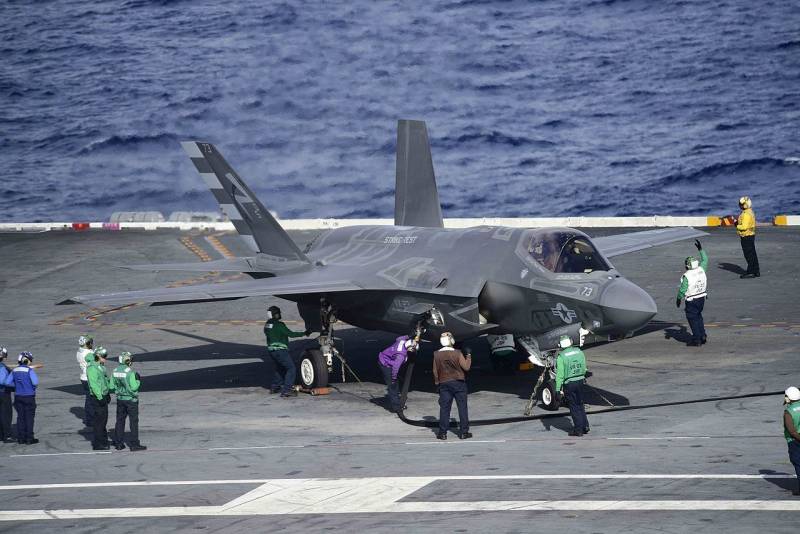
Information